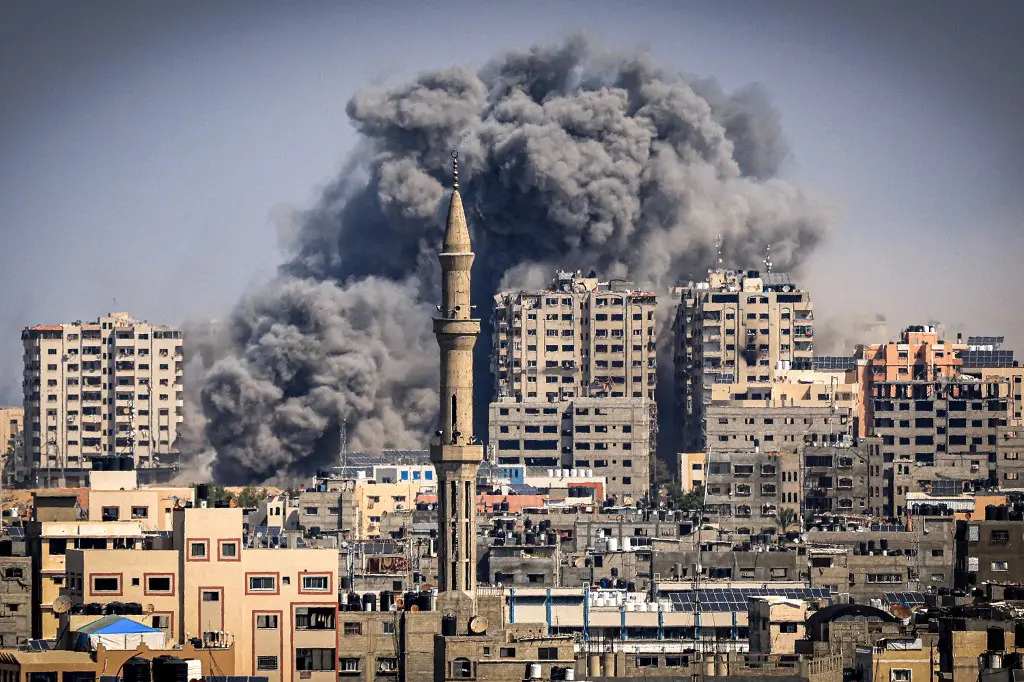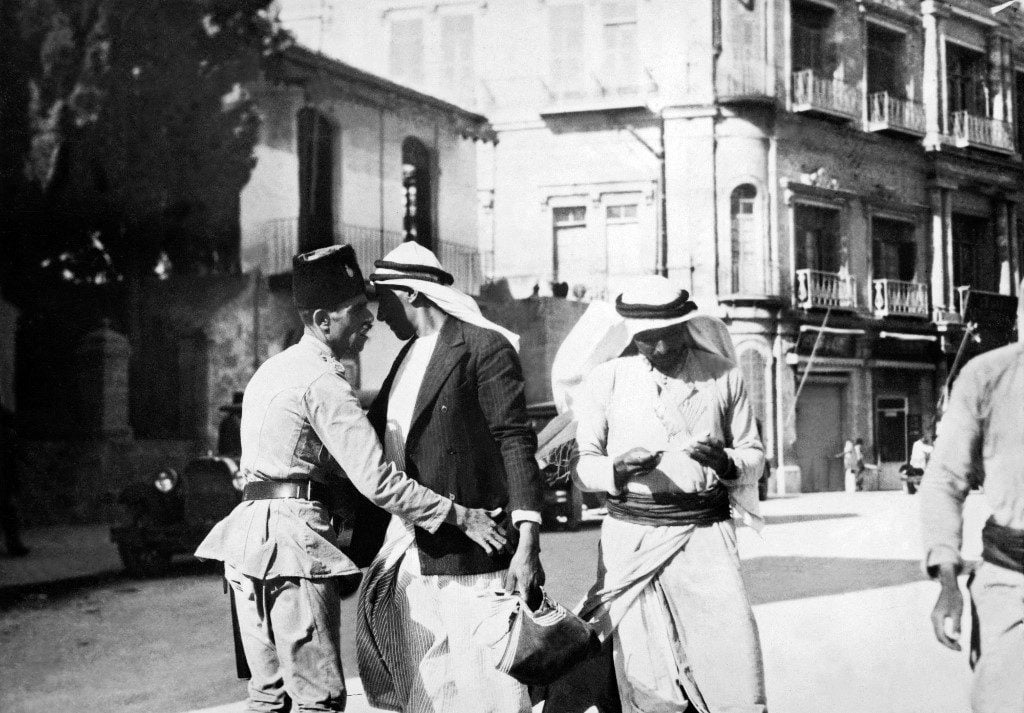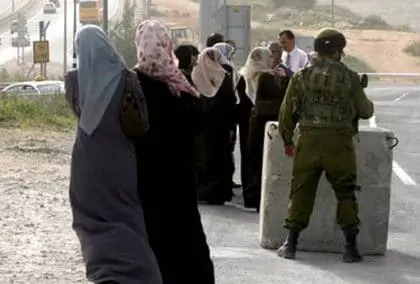Thoroughly documents the Palestinian-Israeli Conflict, delving deeply into this enduring struggle to offer a comprehensive overview of its origins and its lasting repercussions on the Middle East and North Africa.

Editorial Note
Fanack’s mission is to contribute valuable, freely accessible content that offers a balanced, up-to-date perspective on the topic from an Arab point of view. Over the course of more than a decade, all publications regarding the Palestinian-Israeli conflict have been authored and reviewed by a team of over 250 distinguished specialists, journalists, and academics, predominantly from the Middle East.
Within this extensive and in-depth dossier, Fanack delves deep into the complexities of this enduring conflict, providing a detailed overview of its origins and its enduring impact on the Middle East and North Africa. Our coverage encompasses various aspects, including the Arab-Israeli wars, negotiations, Israeli settlements, and more.
Table of File Content
Palestine History of Shifting Borders
Israeli Settlements
General Introduction of the Palestinian-Israeli Conflict
The Palestinians and Israelis live in the midst of a long and bitter conflict. The roots of this conflict have been seeded in the nineteenth century when the Zionist movement was born. The beginning of this movement has been affected by the publication of a book entitled “The Jewish State”.
The book has been written by the well-known Austrian-Hungarian journalist Theodor Herzl in 1897, who has then in mind the “Jewish diaspora” and the need to form a national homeland for Jews. Since its inception, the Zionist movement worked to establish this state in Palestine, which was naturally met with strong opposition from Arabs in general and Palestinians in particular.

The Arab–Israeli War in 1948 is considered the first conventional warfare between the two sides. The Zionist Organization and the Jewish Agency were acting as a government within the government of Mandatory Palestine before 1948. These two entities thrived with the British support on the background of the resolution 181 Partition Plan in 1947, passed by the UN General Assembly. The plan was meant to divide Mandatory Palestine between Arab Palestinians and Jews. At that time, Arab leaders refused the partition.
Jews entered Palestine through organized migrations after the Balfour Declaration on November 2nd, 1917. In this declaration, Arthur Balfour, the British Foreign minister at that time, promised to establish a national homeland for Jews in this region. In line with this declaration, the Zionist movement concentrated its efforts on organizing Jews’ migration to Palestine and establishing Jewish settlements; thus, laying foundations of the desired homeland.
David Ben-Gurion, the leader of the Jewish Agency and executive head of the World Zionist Organization, declared one day after the end of the British mandate the establishment of the state of Israel. That was on May 15th in 1948.
Soon after, the war broke out between Arabs and Israel. Israel obtained its first victory over the Arabs and established its state, right after the Armistice Agreements drew the Israeli borders.
In 1956, the Egyptian president Gamal Abd-El Nasser declared the nationalization of the Suez Canal and total control over the most significant waterway for the European continent towards the Indian subcontinent. At that time, the canal was meant to under the control of Britain and France owned until 1968. Consequently, both countries, with Israel’s help, launched airstrikes and deployed paratroopers over Suez cities to regain control of the canal and to punish Abd-El Nasser.
The Suez crisis ended after the United States and the UN General Committee pressured an agreement. According to the agreement, the attacking countries pledged that the waterway would remain open for international navigation, which includes Tiran and Sanafir straits.
In June 1967, Israel attacked Egypt, Syria, and Jordan against the background of Egyptian and Syrian provocations. The Six Days War ended with Israel occupying the Sinai Peninsula, the Golan Heights, the West Bank, and Gaza Strip.
This utter defeat of the three neighboring countries’ armed forces radically changed the power balance in favor of Israel.
The UN Security Council issued Resolution NO. 242 in November 1967. The resolution dictated that Israel has to withdraw from the territories it occupied during this conflict, in addition to ending the war, and settling the refugees’ crisis that broke out in 1948.
On the 6th of October 1973, Egypt and Syria launched a simultaneous attack on Israel, with the support of Iraq and other Gulf states, to reclaim the Arab occupied lands.

Egypt and Syria penetrated the Israeli first defense lines, advancing a few kilometers on their occupied lands. This was considered an Arab victory and a near defeat for Israel.
On the 19th of November 1977, the Egyptian president Anwar Al-Sadat surprised both friends and foes with a visit to Jerusalem, addressing then the Knesset in Tel Aviv.
A month later, Al-Sadat met with the Israeli Prime Minister Menachem Begin in Ismailia in Egypt to sign a diplomatic treaty between the two countries.
Peace negotiations started between Egypt and Israel in September 1978, which ended with an American-brokered peace agreement (Camp David) in 1979. The agreement is based on two resolutions: 242 for 1967 and 338 for 1973. The latter resolution called for a permanent ceasefire between all conflicting parties.
Many events happened between 1979 and 1993; a period that ended by signing Oslo Accords (Declaration of Principles) between the Palestinians and Israel. These events included the Israeli invasion of Lebanon in 1982 that led to the expulsion of the Palestinian Liberation Organization, headed by Yasser Arafat, from Lebanon. In addition, the first Palestinian Uprising (Intifada) broke out in 1987, while Madrid Conference for peace in the Middle East was organized in 1991.
Since then, the region ripples on a sea of protocols, agreements, violations, and continued annexation of more Palestinian lands. All of this is done without any agreement that permanently guarantees the Palestinians’ rights or returning the Golan Heights to Syria.
To learn more about the conflict this page offers an overview of more featured publications, the latest articles on the state of current affairs and related other topic sections on our website.








